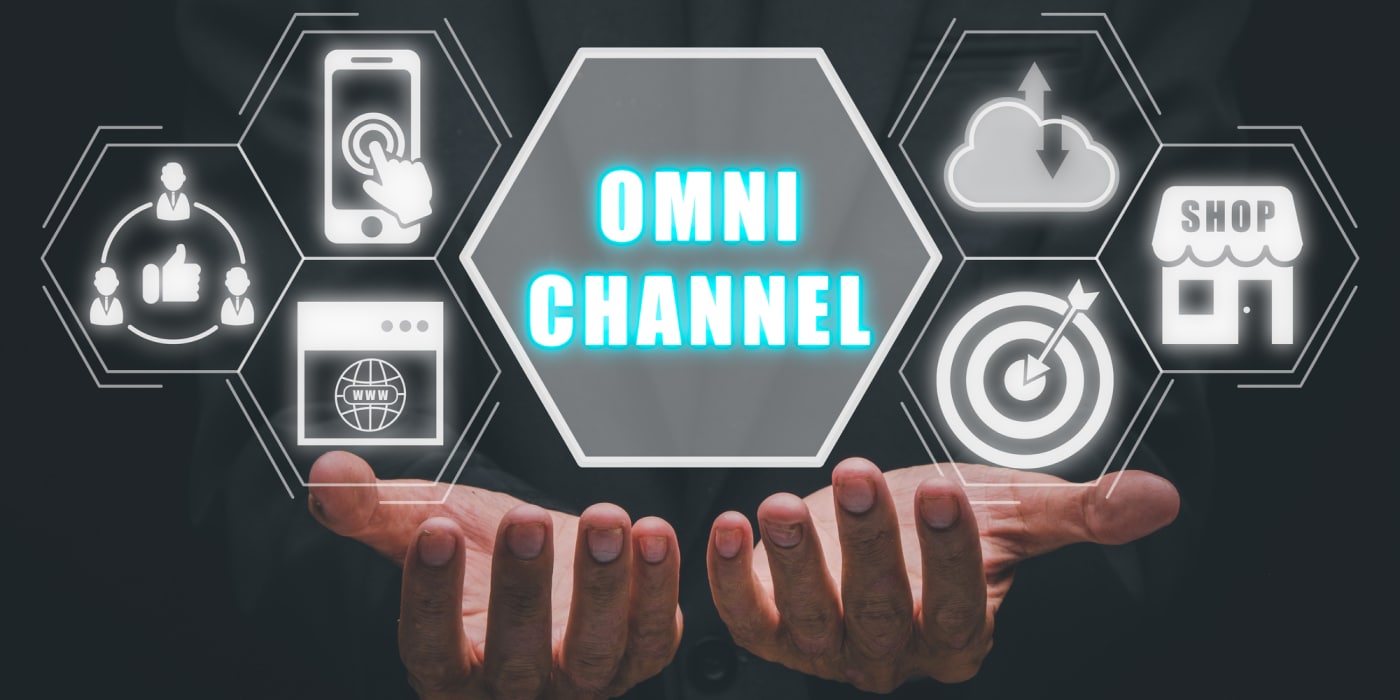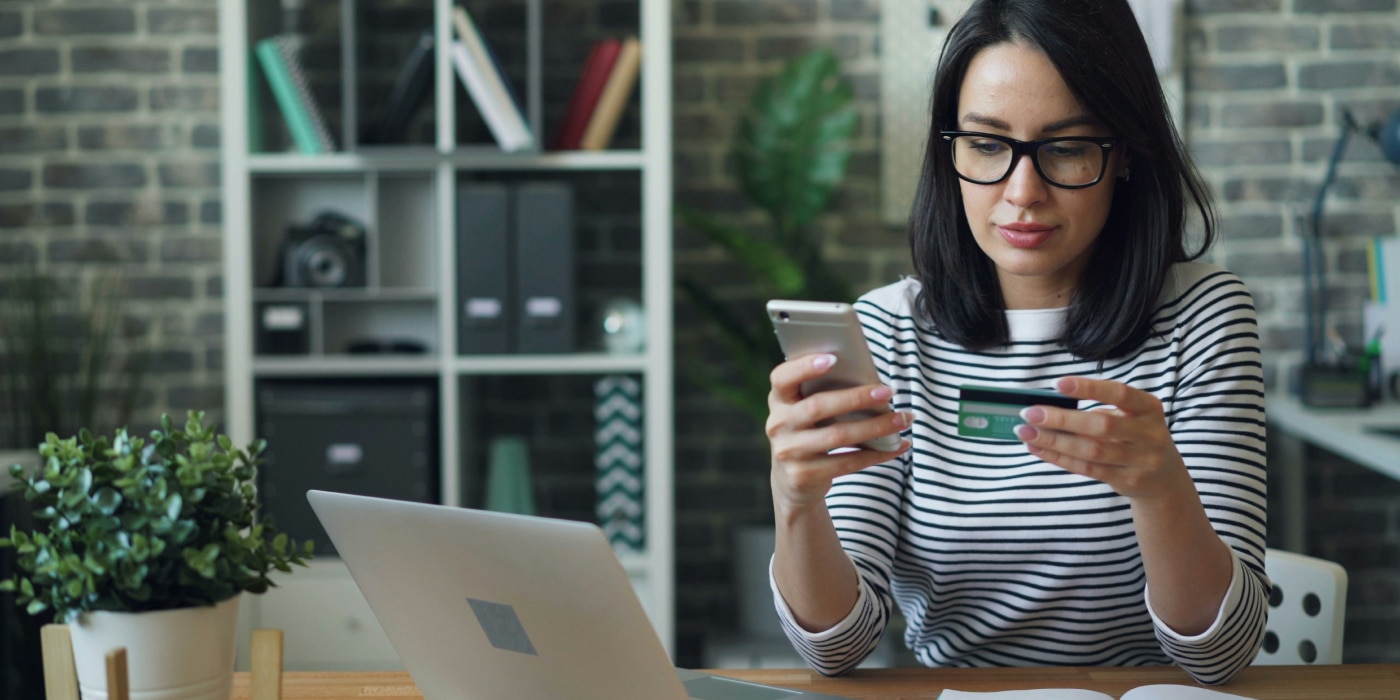How Retailers Can Create Seamless Omnichannel Experiences
Consumers today expect to interact with a retailer through multiple channels, whether it’s in-store, online, via mobile apps, or through social media, and they expect each interaction to be consistent and integrated. Seventy-three percent of consumers blend online research, physical store visits, and options such as buy online pickup in-store or in-store returns before making purchase decisions, according to a new study from ShipStation and Retail Economics.
Increasing demand for seamless shopping across multiple touchpoints has led to the rise of omnichannel retail, a strategy that integrates online and offline channels and offers retailers more opportunities to connect with customers. Here’s how retailers can create unified and engaging omnichannel experiences that meet the needs of modern consumers.
Integrate Online and Offline Channels
Omnichannel success comes from the integration of all sales channels. Information and services available in one channel should be consistent and accessible through others. For example, if a customer adds a product to their cart on a mobile device, they should be able to view and modify their cart on their desktop or in-store. Similarly, if a customer needs support, the customer service team should have access to their entire interaction history, regardless of the channel.
Retailers must ensure that their inventory, sales, and customer support systems are interconnected across all channels. Inventory visibility across channels is crucial. Customers should be able to see real-time stock levels whether they are shopping online, via phone, or in person. Technologies such as customer relationship management systems, order management software, and advanced analytics platforms enable the collection of valuable data such as customer preferences, purchase history, and behavior patterns, which can be used to tailor experiences and make predictive analyses.

Enhance In-Store Experiences
Omnichannel retailing also extends to enhancing in-store experiences through digital technologies and interactive elements. Retailers are incorporating features such as interactive displays, virtual reality experiences, and in-store fulfillment areas to engage customers, create memorable shopping experiences, and simplify shopping interactions.
H&M has opened a new store concept in New York City. The new location has H&M’s newest tech innovations and service enhancements including mobile checkout from anywhere in the store and smart mirrors in fitting rooms that identify customers’ products including the size and color, and provide personalized product or styling recommendations. The mirrors also allow for items to be requested and brought to the fitting room by a sales associate. The new store also has a pickup area with lockers for in-store pickup of online orders.
Optimize Mobile Experiences
With the increasing prevalence of smartphones, mobile shopping is continuing to grow. To attract mobile consumers, it is essential for retailers to ensure that their mobile sites or apps are fully functional, easy to navigate, and offer all the features of their desktop websites. Features like mobile checkouts, saved payment methods, and personalized alerts can enhance the mobile shopping experience. Retailers are continuing to expand their mobile capabilities, offering unique features such as virtual try-ons, easy access to loyalty programs, and personal consultations.
Pottery Barn’s latest mobile app includes innovative features that offer customers enhanced design and shopping experiences. Customers can explore and shop for curated looks by room, see virtual previews of products in their own homes, easily share their favorite products, and schedule free in-store, in-home or virtual appointments with a Pottery Barn Design Crew expert all from the convenience of their mobile app.

Offer Fast Fulfillment
Fast and free delivery is a critical factor for shoppers when making online purchases. Sixty-percent of U.S. shoppers expect free shipping to take two days or less, a speed only one-fourth of surveyed retailers in the U.S. and Canada currently provide, according to the study from ShipStation and Retail Economics. Retailers are increasingly investing in fulfillment infrastructure and technology capabilities to enable fast and reliable fulfillment. This includes fulfilling orders directly from nearby store locations, same-day delivery, and on-demand delivery services.
Click-and-collect and buy online, pick up in-store fulfillment services also enable retailers to integrate online and offline channels and offer customers greater convenience and flexibility. These services allow customers to browse and purchase products online and then pick them up at their convenience from a nearby physical store, bridging the gap between digital ordering and physical fulfillment. Fulfillment and delivery management systems allow retailers to simplify and streamline fulfillment processes, increase operational efficiency, and improve workforce productivity.
Creating a seamless omnichannel experience is crucial in today’s retail industry. By understanding the customer journey, investing in the right technology, and ensuring consistency across all channels, retailers can create cohesive and interconnected shopping experiences that drive customer satisfaction, loyalty, and business success.
For more information about how our delivery management solution can help you manage your deliveries more efficiently, please contact info@bringoz.com.
